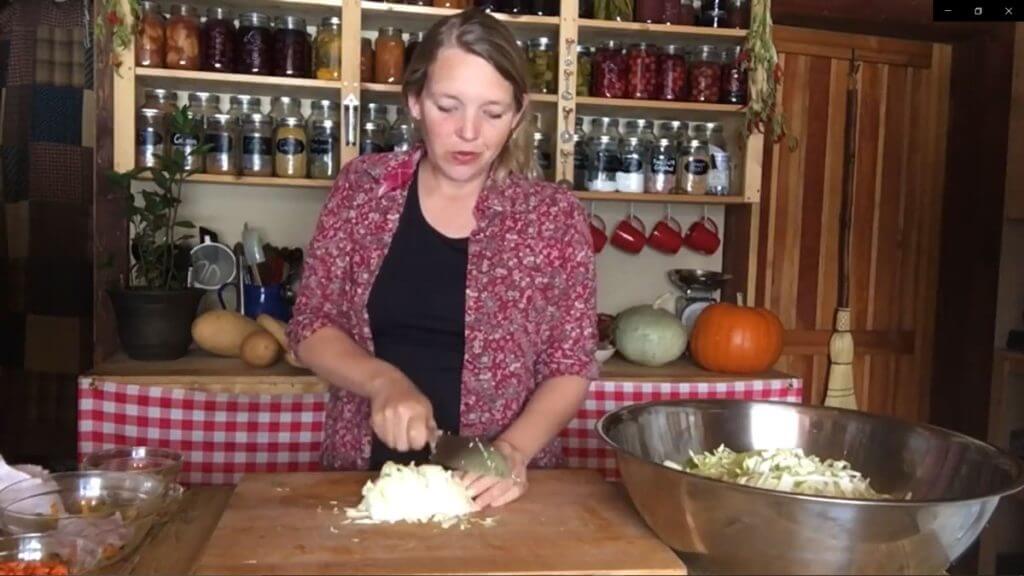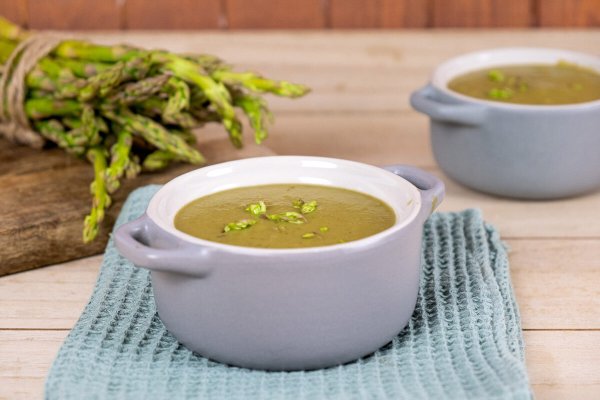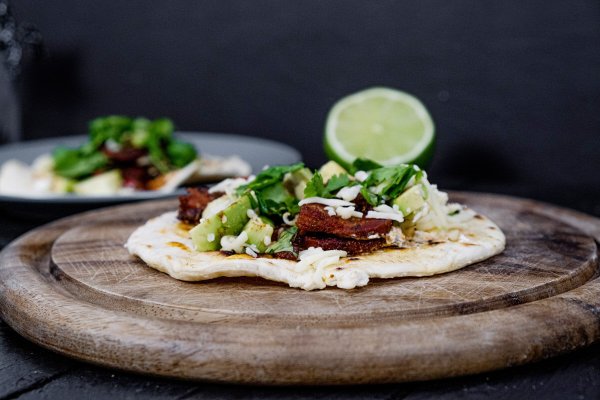
Once you have learned the basics of fermentation, you will find yourself looking for diverse ways to utilize this long-term preservation method. Curtido is one such recipe.

Commonly served with pupusas, try this authentic cabbage dish from El Salvador. This special curtido recipe is fermentation at its best!
Why I Love This Curtido Recipe
Curtido, originally a Central American dish, boasts flavors similar to sauerkraut or a cabbage relish but more palatable to those who may not prefer traditional Lacto-fermented sauerkraut.
I found this curtido recipe in Sally Fallon’s book, Nourishing Traditions, years ago. I have learned so much from Sally over the years that her book made my list of the top homesteading books I recommend.
Curtido can be served as a side dish with your favorite meals and is an easy way to introduce others to fermented foods’ health benefits and satisfying tastes.
Organic Is Important
When foods are fermented, healthy probiotics and bacteria grow. The bacteria in fermented foods support the gut’s health, making digestion easier, breaking down foods to make the nutrients more absorbable, and even contributing to heart health.
Using vegetables treated with pesticides or herbicides will not allow healthy bacteria to grow. Pesticides are known to kill bacteria, even beneficial bacteria. Use ingredients you know do not contain any residues of pesticides or herbicides.
If you plan to grow your vegetables and herbs, plan your garden using methods that will not result in needing to use chemicals.

What is Curtido Called in English?
Curtido, translated to English, literally means tanned or weather-beaten. Interestingly, the process required to make Curtido involves beating the Salvadoran cabbage to release the juices.
Curtido is not the same as sauerkraut. It is more similar to a cabbage slaw. It is lightly fermented and uses many of the same ingredients and methods for fermentation.

Supplies
- Large Stainless Steel Bowl – I recommend an oversized bowl so you have plenty of room to mix and pound the ingredients without spilling.
- Cutting Board – A large, hearty, wooden cutting board provides an excellent surface for shredding the cabbage head and other vegetables.
- Knife – Use a large, sharp knife.
- 1/2 Gallon Jar – You could use two-quart jars if you don’t have a half-gallon Mason jar. Make sure your jar is clean and dry.
- Plastic Screw-Top Lid – Mason jars’ traditional plastic screw-top lids work great for fermenting. They allow gases to escape since they are not airtight.
- Fermentation Weight or Shot Glass – Before I invested in fermentation weights, one of my fermenting tricks was using a shot glass as a weight. I do love the ease of the fermentation weights, but this is a budget-friendly option.

Ingredients
- Large Green Cabbage – Finely shred the cabbage in uniform pieces.
- Shredded Carrots – Use organic carrots or use homegrown carrots.
- Small Red Onions – Use red onion or any other variety of onions, thinly sliced to the approximate size of the cabbage shreds. If you grow your onions, try using them to make your onion powder and learn how to store your onions properly.
- Oregano – Dried, freeze-dried, or fresh oregano works for this recipe. Use Mexican oregano or any variety found in your cottage garden.
- Crushed Red Pepper – Adjust the amount of spice to your preference.
- Salt – I recommend using Redmond Real Salt. (Using that link for Redmond Salt will automatically give you 15% off your order!) Do not skimp on the salt since it inhibits the growth of any harmful bacteria. At the same time, the lactobacillus bacteria become cultured and grow, taking over your ferment and fermenting your food. Homesteading Hack: You can cut the salt you use in half if you begin this recipe with a ¼ cup of starter liquid like brine from a previous batch of sauerkraut, whey from your homemade dairy products, or other fermented foods. You can even order starter liquids from Cultures For Health.

Curtido Recipe Step-by-Step
- Gather all the supplies and ingredients. Clean the equipment and let them air dry, keeping the surfaces free of bacteria. You can sanitize your jars and lids in boiling water.
- Wash the vegetables.
- Using your sharp knife, shred the cabbage into thin, small slices.
- Shred the onions with your knife by slicing small, thin slices as uniformly as possible.
- Shred the carrots. A cheese grater works well.
- Add all the vegetables, oregano, crushed red pepper, and sea salt to a large bowl.
- Mix the ingredients. Make sure your hands are clean, and simply use your hands to blend all the ingredients thoroughly.
- Loosely cover your bowl with a towel or paper towel and take a break for about ten minutes. Let the salt start to pull the liquid out of the cabbage, making the next step easier.
- Using a sturdy wooden spoon (or a kraut pounder), pound the cabbage for at least ten minutes to allow the cabbage to break down and release the rest of its juices. You will see the consistency change and juices pooling in the bottom of the bowl.
- Use your clean hands to pack the cabbage mixture tightly into the ½ gallon Mason jar. Remember, this recipe includes crushed red pepper, so don’t rub your eyes until you have washed your hands well.
- Use the wooden spoon and pound the cabbage into the jar. Tamp it down as you layer it into the jar, ensuring no air pockets.
- Pour any juice left in the bowl into the jar. Continue tamping the cabbage down to make sure it stays under the liquid level.
- Use a large cabbage leaf or a weight to help keep the vegetable mixture tamped down and under the line of liquid. Homesteading Hack: If you forgot to save a cabbage leaf and don’t have a fermentation weight, use a shot glass as a weight. Set it on top of the curtido, push it down, and screw a plastic canning jar lid over it. The lid’s pressure helps push the shot glass down, keeping the cabbage under the line of liquid.
- Lastly, close the jar with a plastic Mason jar lid.
- Let your curtido sit at room temperature on your kitchen counter for three days.
- After three days, try a taste. If it’s sour enough and the flavors have blended, put it right into the refrigerator. Or use other cold storage methods, like a cool pantry, as long as the temperature stays under 55°F and above freezing.
- If you want the curtido to have a more robust flavor, let it sit on the counter for another 24 hours before tasting it again.
- Your fermented curtido will last for at least a year in the fridge or root cellar.
Homestead Hack: To keep your ferment from going moldy, be sure every time you dip into the jar you’re using a clean utensil.
Did you make this recipe? If so, please leave a star rating in the recipe card below, then snap a photo of your curtido and tag us on social media @homesteadingfamily so we can see!

Curtido Recipe (Latin-American Sauerkraut)
Equipment
- Stainless steel bowl
- 1/2 gallon Mason jar
- Screw on lid
- Wooden spoon or kraut pounder
Ingredients
- 1 whole green cabbage
- 1 cup carrots shredded
- 2 small red onions
- 1 Tablespoon oregano fresh
- 1/4 teaspoon crushed red pepper flakes or to taste
- 2 Tablespoons salt
Instructions
- Gather all the supplies and ingredients. Clean the equipment and let them air dry, keeping the surfaces free of bacteria. You can sanitize your jars and lids in boiling water.
- Wash the vegetables.
- Using your sharp knife, shred the cabbage into thin, small slices.
- Shred the onions with your knife by slicing small, thin slices as uniformly as possible.
- Shred the carrots. A cheese grater works well.
- Add all the vegetables, oregano, crushed red pepper, and sea salt to a large bowl.
- Mix the ingredients. Make sure your hands are clean, and simply use your hands to blend all the ingredients thoroughly.
- Loosely cover your bowl with a towel or paper towel and take a break for about ten minutes. Let the salt start to pull the liquid out of the cabbage, making the next step easier.
- Using a sturdy wooden spoon (or a kraut pounder), pound the cabbage for at least ten minutes to allow the cabbage to break down and release the rest of its juices. You will see the consistency change and juices pooling in the bottom of the bowl.
- Use your clean hands to pack the cabbage mixture tightly into the ½ gallon Mason jar. Remember, this recipe includes crushed red pepper, so don’t rub your eyes until you have washed your hands well.
- Use the wooden spoon and pound the cabbage into the jar. Tamp it down as you layer it into the jar, ensuring no air pockets.
- Pour any juice left in the bowl into the jar. Continue tamping the cabbage down to make sure it stays under the liquid level.
- Use a large cabbage leaf or a weight to help keep the vegetable mixture tamped down and under the line of liquid.
- Lastly, close the jar with a plastic Mason jar lid.
- Let your curtido sit at room temperature on your kitchen counter for three days.
- After three days, try a taste. If it’s sour enough and the flavors have blended, put it right into the refrigerator. Or use other cold storage methods, like a cool pantry, as long as the temperature stays under 55°F and above freezing.
- If you want the curtido to have a more robust flavor, let it sit on the counter for another 24 hours before tasting it again.
Notes
- Your fermented curtido will last for at least a year in the fridge or root cellar.
- If you forgot to save a cabbage leaf and don’t have a fermentation weight, use a shot glass as a weight. Set it on top of the curtido, push it down, and screw a plastic canning jar lid over it. The lid’s pressure helps push the shot glass down, keeping the cabbage under the line of liquid.
Nutrition

More Homestead Recipes & Posts
- The Importance of Traditional Whole Foods
- Best Fermentation Vessels
- Fermented Ketchup (Easy, Homemade, Probiotic & Kids Love It)
- Pizza Pepper Poppers (Keto Friendly)
- Guide to Preserving Home-Grown Herbs
- Guide to Fearless Fermenting
- Preserved Limes with Fermentation
- Preserved Lemons
- Homemade Fermented Ginger Carrots
- Cherry Almond Flavored Kombucha
- Lacto-Fermented Sauerkraut
- Easy Homemade Lacto-Fermented Mayo
- Lacto-Fermented Green Beans (Pizza Beans)
- Fermented Tomatoes
- Fermented Cranberry Sauce
- Homemade Cultured Soft Cheese
















